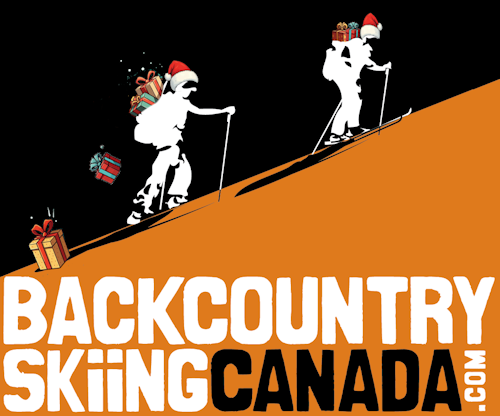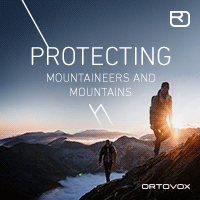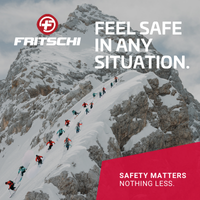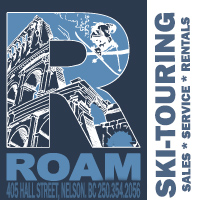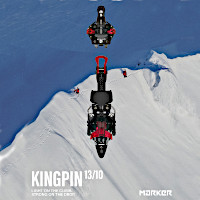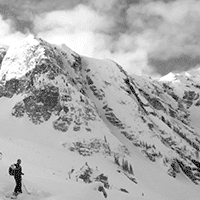Canadian Avalanche victims die more quickly than Swiss
A recent article that raises some interesting points and stats when you compare the Swiss to us Canuks, time to move to Switzerland? not a chance:
Heavier coastal snow, more traumatic injuries and the limited medical expertise of rescuers put Canadian avalanche victims at greater risk of dying faster than in Switzerland, a new study shows.
On the other hand, Canadian avalanche victims are rescued faster than their Swiss counterparts, usually by their skiing companions.
Pascal Haegeli, an avalanche consultant and an adjunct professor at Simon Fraser University’s School for Resource and Environmental Management, was the lead researcher in a study released today by the Canadian Medical Association Journal.
The study, by researchers in Canada, Italy and Switzerland, looked at data for survivors and non-survivors of avalanche burials from Oct. 1, 1980 to Sept. 30, 2005, in Canada and Switzerland.
The Canadian data “showed a quicker drop at the early stages of burial and poorer survival associated with prolonged burial,” writes the study’s principal investigator.
“In other words, it’s not a good idea to get buried in Canada; however Canadians are much faster at finding their buried companions than the Swiss,” Haegeli said.
“The best way to survive an avalanche burial is not to get in one in the first place. Get the right information from the Canadian Avalanche Centre, make sure you take a course that teaches you how to access avalanche conditions properly.”
There were 301 people in the Canadian database and 946 in the Swiss.
Until now, Swiss statistics have been used as the international reference for gauging the probability of surviving an avalanche, including above 91 per cent for the first 18 minutes of burial and dropping to 34 per cent after 19 to 35 minutes due to the increased risk of asphyxiation.
Although the proportion of people in the study who survived was the same in both countries, at 46 per cent, there were plenty of other differences. Snow conditions on the West Coast, where it is warmer and wetter than in the Interior, mean that asphyxia happens faster.
“If you look at the Coast Range conditions, people die really, really quickly and it makes sense because you’re basically getting crushed by wet cement on the coast,” researcher Jeff Boyd told The Vancouver Sun Sunday. Boyd is also an emergency room doctor, a mountain guide and a heli-skiing guide in Banff.
Haegeli said avalanche victims in Canada should be dug up within the first 10 minutes of burial, before asphyxia sets in. The previous guideline was 18 minutes.
“Any devices that can shorten burial time, protect from trauma and make it easier for your companions to locate you are definitely encouraged,” Haegeli said, adding that a transceiver, a shovel and a probe are necessary.
Safety equipment — including helmets — is important, Boyd said adding that companion rescues are more commonly done in Canada.
“Because we’re used to skiing in remote areas, everybody tends to be trained to do companion rescue. We don’t wait for outside rescue,” Boyd said.
People know that their friends are often their only chance for surviving an avalanche, Haegeli said.
“In Canada, we’re very well aware that you’re on your own. If you’re snowmobiling in the Selkirks or the Columbia mountains, there’s no way that organized rescue will get to you in time to make a live recovery,” Haegeli said.
In the Canadian cases, the probability of survival fell quicker with trauma-related accidents, including those involving mechanized activities such as snowmobiling.
“Their injuries were so severe, that it suggests some of them would’ve died before the avalanche stopped running,” Boyd said.
“This is the impact of trauma, and the majority of trauma is caused by hitting trees. In North America, we ski in the trees — people don’t do that in Europe.”
On the other hand, Canadians were extracted from the snow faster: a median of 18 minutes compared with 35 minutes among the Swiss samples.
Boyd experienced two very serious avalanches himself in the 1970s.
“The first one, we were trying to do a first ascent in the Coast Range, just north of Vancouver. We were belayed, but we were over a 500-metre overhanging cliff. Fortunately, the belay [an anchor] held, otherwise we would’ve been very dead,” Boyd said. “The second one, I was working on the avalanche control crew at Whistler. We cut the corner on Sunday morning and I ended up back down in the valley having a long ride from the top of the Spearhead Range all the way down to Fitzsimmons Creek.
“I was only partly buried, but very beat up. It was a learning experience — I was young, and a little too cocky.”
The Canadian sample had a greater proportion of people involved in mechanized backcountry skiing and snowmobiling, whereas the Swiss sample had a significantly greater proportion involved in non-mechanized backcountry and off-piste skiing, which involves ungroomed and uncontrolled slopes.
Snowmobiles and heli-skiing are not commonly used in Europe, Boyd said.
“In Canada, there’s a cadre of snowmobilers with very powerful machines, who can trigger avalanches. They have a very high overall mortality. We don’t exactly know why, but we think it’s because their companion rescue is not as well organized, and they need more education.”
